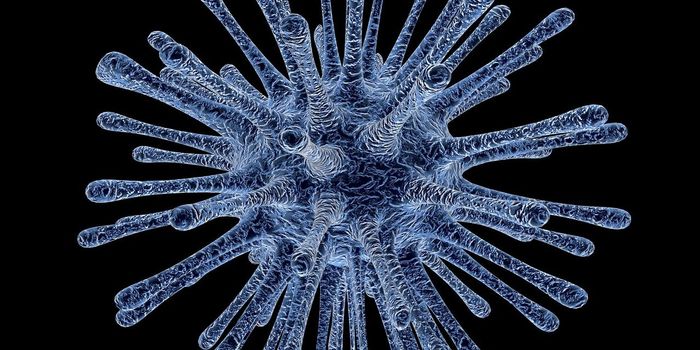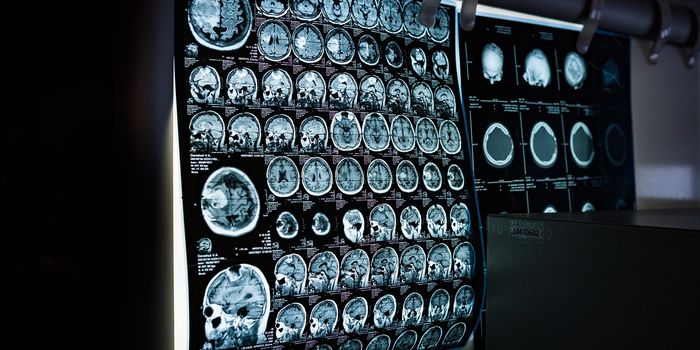Radioactive Tracer Shines the Floodlights on Inflammation
A patient checks into the hospital with difficulty breathing. Is inflammation to blame? How can physicians visualize areas of inflammation in the respiratory system in order to choose the best course of action? Though blood tests can be used to look for systemic inflammation, it’s difficult to pinpoint which organ systems are most affected. This often hampers the diagnosis and treatment, especially of chronic diseases.
To fill this clinical gap, scientists have developed a new imaging agent called Galuminox. This radioactive chemical was specially designed to work with positron-emission tomography, or PET scans, to noninvasively measure and track inflammation in the body.
“We focused on lung injury in this paper, but in principle, this tracer could be applied to other conditions where you have inflammation: atherosclerosis, cardio- and pulmonary toxicity caused by chemotherapy, transplant rejection, you name it,” said senior author of the study, Vijay Sharma from Washington University.
According to the authors, Galuminox also has the potential to transform how COVID-19 cases are diagnosed. “If we had approval today, this tracer could even be used for COVID-19. The kinds of scans doctors can do right now on COVID patients’ lungs tell you whether there is inflammation there but not how bad it is. A tracer like this could give doctors more information to make clinical decisions,” added Sharma.
At its core, Galuminox has two major components: a chemical compound that detects reactive oxygen species (produced by cells during inflammation) and a radioactive metal called gallium-68 for visualization on PET scans. The authors tested Galuminox in a mouse model wherein they induced inflammation in the lungs and took PET scans. Remarkably, the Galuminox was able to illuminate and define the patterns of tissue damage in the lung clearly.
The team is now looking into Galuminox’s use in prolonging the life of lung transplants. The typical lung transplant has a lifespan of only around five years. With the technology to detect and stop inflammation before it permanently damages the organ, the authors hope that this will extend how long transplants can help patients.
Source: Washington University in St. Louis, Redox Biology.









